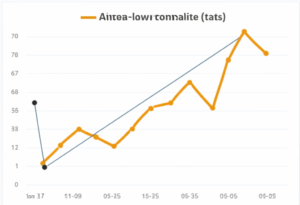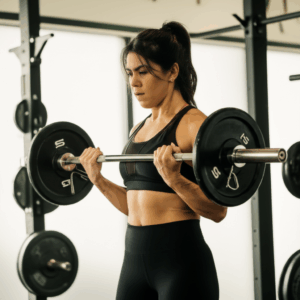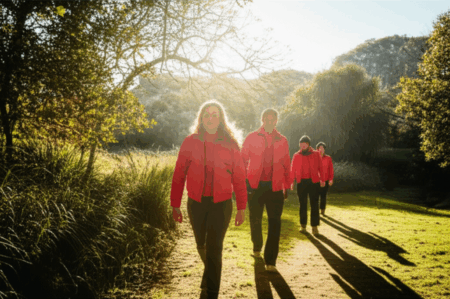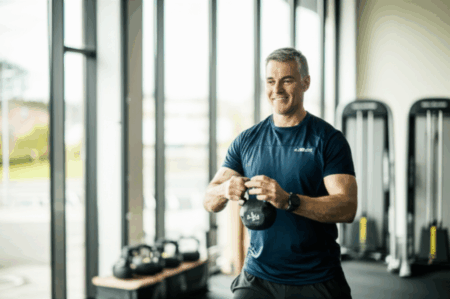Staying active is critical for maintaining health at any age, and for those over 65, it can significantly improve muscle mass, manage pain, support independent living, and reduce the risk of chronic diseases. Many older adults, like 68-year-old Renee Moten, a master personal trainer, demonstrate that consistent exercise can lead to remarkable fitness, even eliminating common age-related joint pain. Her routine focuses on a blend of strength, mobility, balance, and flexibility, allowing her to jump rope, climb stairs, and take long walks without discomfort.
This article outlines a comprehensive workout routine tailored for individuals in their late 60s and beyond who are looking to maintain or achieve great physical condition. It emphasizes low-impact activities, proper form, and crucial recovery strategies to ensure safety and effectiveness.

Core Components of an Effective Senior Workout
For adults aged 65 and older, the Centers for Disease Control and Prevention (CDC) recommends at least 150 minutes of moderate-intensity aerobic activity per week, or 75 minutes of vigorous-intensity activity. Additionally, they suggest incorporating muscle-strengthening activities at least two days a week and balance-improving exercises.
A well-rounded routine for older adults typically includes:
- Cardiovascular Exercise: To boost heart health and endurance.
- Strength Training: To build and maintain muscle mass and bone density.
- Flexibility and Balance Exercises: To improve mobility, prevent falls, and enhance overall functional fitness.
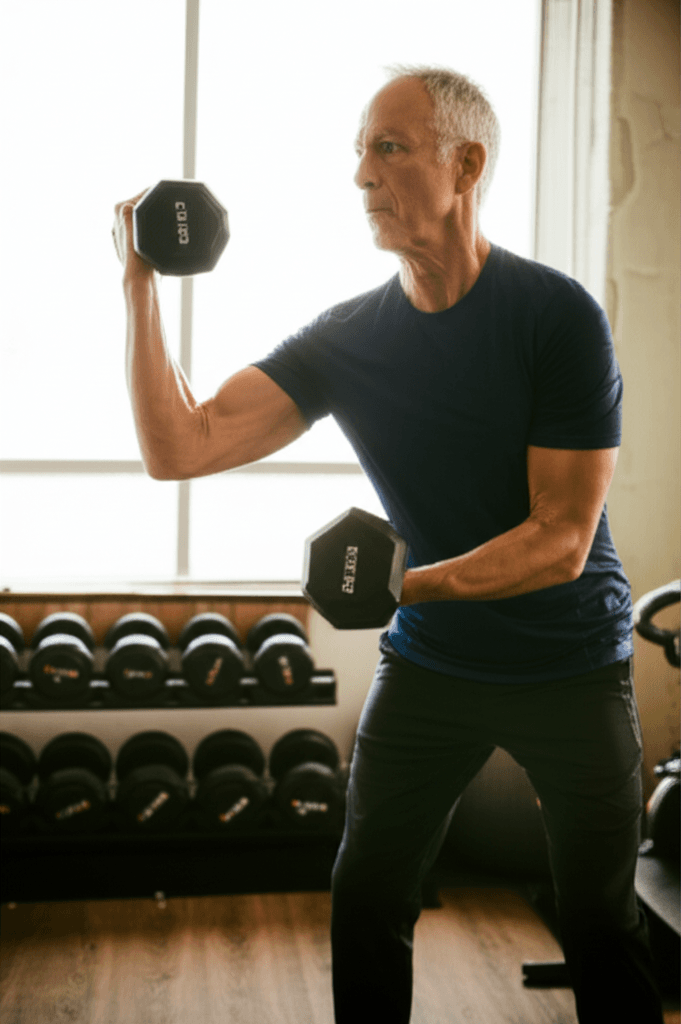
My Weekly Workout Schedule
My routine is designed to hit all major fitness components, with a strong emphasis on joint health and functional movement. I aim for at least 8 sessions per week, allowing for active recovery and listening closely to my body.
Monday: Full Body Strength & Light Cardio
- Warm-up (5-10 minutes): Light cardio like marching in place or arm circles, followed by dynamic stretches such as leg swings and torso twists.
- Strength Training (45-60 minutes):
- Squats: 3 sets of 10-15 repetitions. Can be bodyweight, or with light dumbbells or a chair for support.
- Incline Push-ups: 3 sets of 10-15 repetitions against a wall or sturdy elevated surface.
- Seated Rows: Using a resistance band anchored to your feet or a cable machine. 3 sets of 10-15 repetitions.
- Overhead Press (light weights): 3 sets of 10-12 repetitions, focusing on controlled movement.
- Lunges (modified): 3 sets of 10-12 per leg, focusing on stability, perhaps holding onto support.
- Plank: 2-3 sets, holding for 20-30 seconds, or on knees if preferred.
- Cool-down (5-10 minutes): Gentle stretches.
Tuesday: Moderate-Intensity Cardio
- Activity: Brisk walking or cycling for 45-60 minutes. I prefer outdoor cycling on a recumbent stationary bike for reduced injury risk.
- Warm-up & Cool-down: 5 minutes of light movement before and after.
Wednesday: Active Recovery & Flexibility
- Activity: 30-45 minutes of low-impact activity such as swimming, water aerobics, or chair yoga. Swimming is excellent for a full-body workout with minimal joint stress.
- Stretching: Focus on static stretches, holding each for 15-30 seconds.
- Doorway Chest Stretch
- Calf Stretch
- Knee-to-Chest Stretch
- Overhead Side Stretch (seated or standing)
- Shoulder Stretch
- Seated Cat-Cow Stretch
Thursday: Full Body Strength & Light Cardio
- Repeat Monday’s Strength Training session.
- Cardio (20-30 minutes): Elliptical machine to reduce stress on knees and ankles, or light cross-country skiing simulation.
Friday: Moderate-Intensity Cardio & Balance
- Activity: Dancing or brisk walking for 45-60 minutes, focusing on incorporating balance movements.
- Balance Exercises (10-15 minutes):
- Heel-to-Toe Walking: 2-4 reps.
- Single-Leg Stand: Hold for 10-30 seconds per leg, using a chair for support if needed.
- Side Leg Lifts (with support): Excellent for hip strength and balance.
Saturday: Longer Cardio & Flexibility
- Activity: Longer duration cardio like a 60-90 minute walk or swim.
- Flexibility: Full-body stretching routine, similar to Wednesday, with an emphasis on deeper stretches for major muscle groups.
Sunday: Rest or Light Active Recovery
- Activity: Gentle stroll, leisurely swim, or light chair yoga, focusing on relaxation and gentle movement rather than exertion. This day is crucial for allowing the body to repair and rebuild.
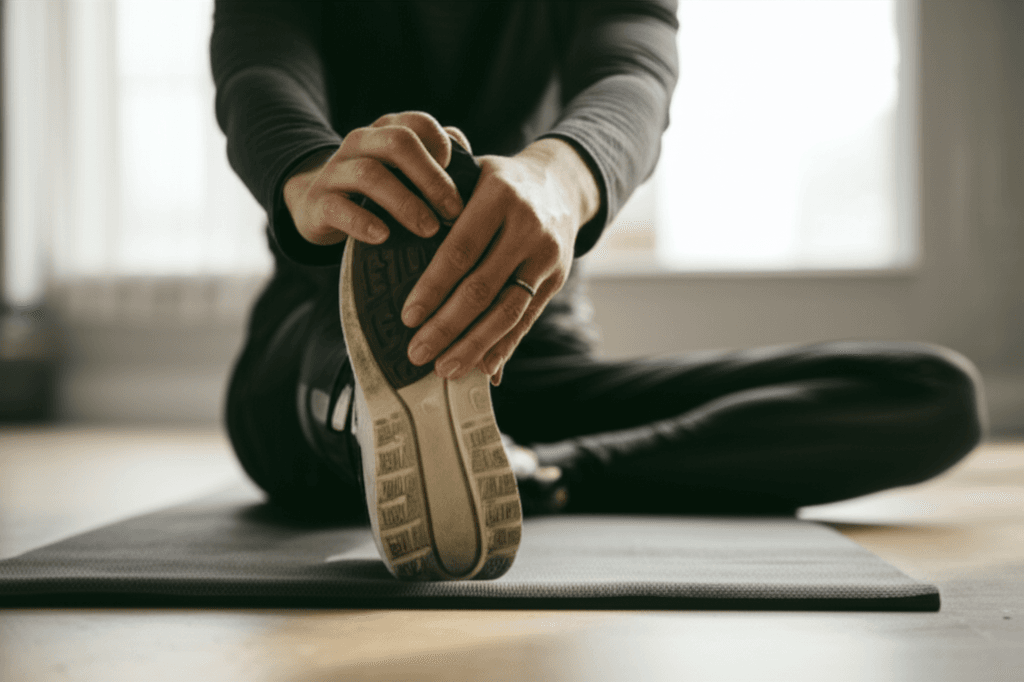
Crucial Recovery Strategies
Recovery is paramount, especially as we age, as our bodies can take longer to repair and synthesize protein for muscle growth.
- Prioritize Protein Intake: Consume adequate protein (around 1.4-1.6 grams per kilogram of body weight for active seniors) post-workout to support muscle repair. Dairy, meat, and plant-based sources like tofu are excellent.
- Stay Hydrated: Thirst cues can diminish with age, so consciously drink plenty of water throughout the day.
- Optimize Sleep: Aim for 7-9 hours of quality sleep nightly, as growth hormones vital for recovery are released during deep sleep.
- Active Recovery: Light movement like walking, swimming, or cycling on rest days can help circulation and reduce muscle soreness.
- Consider Recovery Tools: Techniques like foam rolling, massage, and cold therapy (e.g., cold showers) can aid in reducing muscle soreness.
- Listen to Your Body: It’s vital to avoid overtraining. If soreness persists, allow for longer recovery periods. Gradually increase intensity, duration, and frequency of workouts.
This routine, combined with diligent recovery practices, has been key to my sustained fitness and overall well-being at 68. Remember to consult with a healthcare provider before starting any new exercise program, especially if you have existing health conditions.


